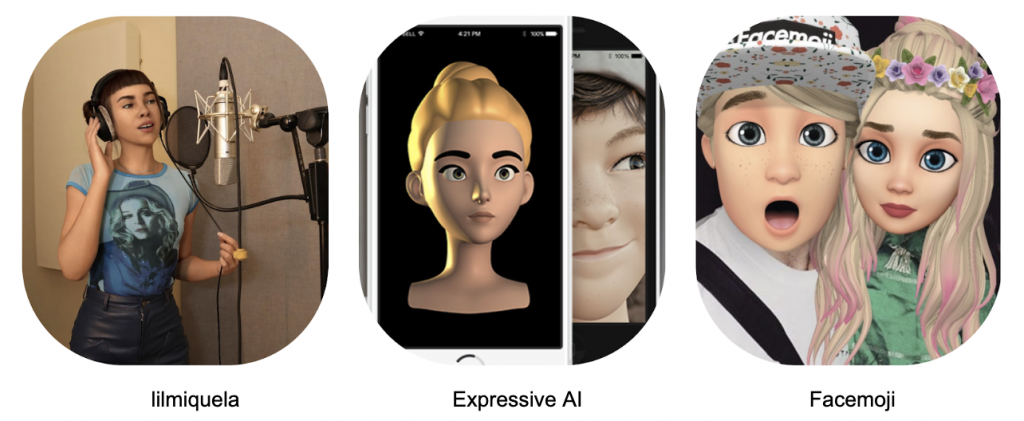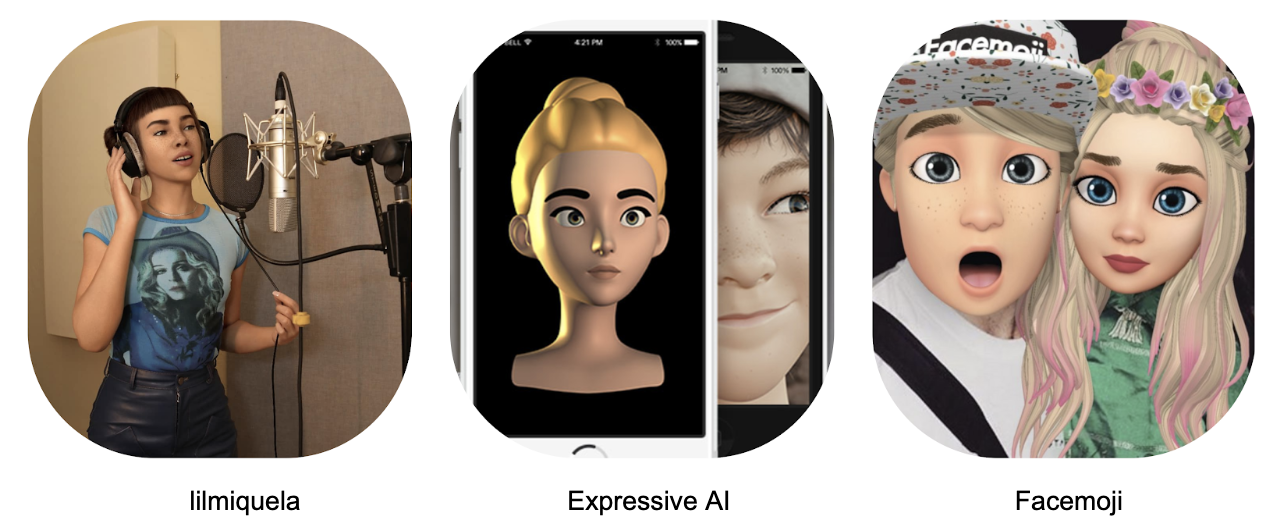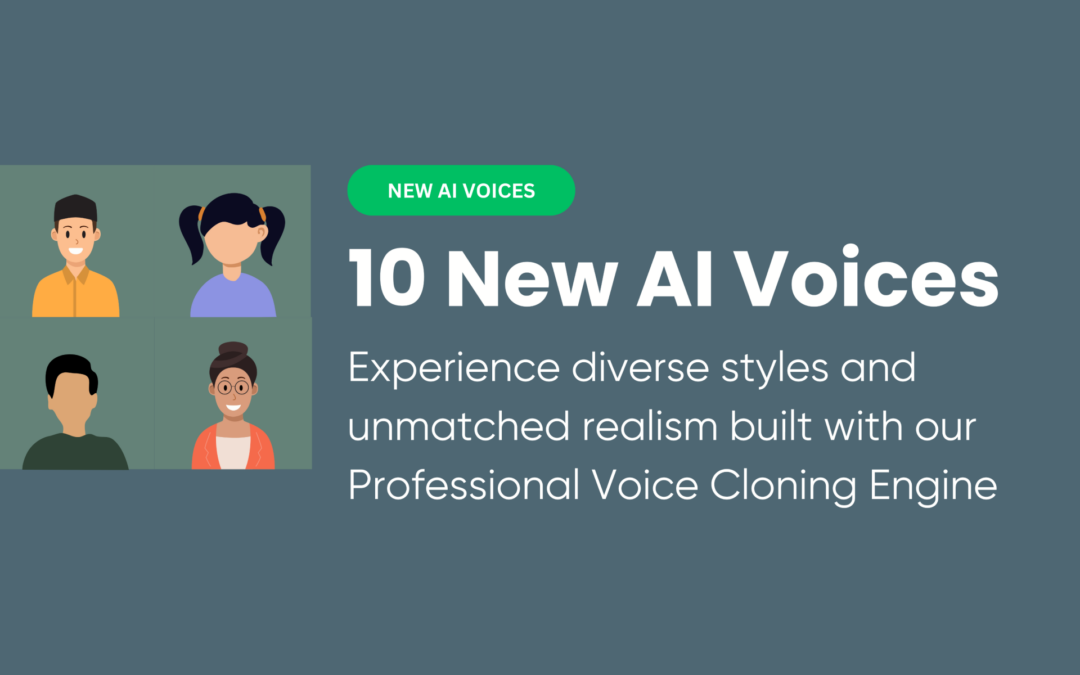
The influence of digital media in today’s world has had a profound impact on the way we work, play, evolve and stay connected. From social media influencers and video game avatars to revolutions in healthcare, the world of synthetic AI is a fast-developing landscape that is enabling the creativity of developers everywhere.
Brands have delved into the social media space as long as social media has existed, but the use of AI has recently allowed them to portray their image in ways we have never experienced. Well known Instagram influencer, “Lil Miquela”, has been a prime example of this. With approximately 1.6 million followers, this synthetically developed character is one of the most followed online social media influencers. Lil Miquela was developed by a Los-Angeles based company, Brud, who specializes in artificial intelligence and robotics. Lil Miquela has partnered with Prada and Calvin Klein in executing some of their respective advertising campaigns. Alternative to hiring professional actors and models, the use of a synthetic character to represent a brand demonstrates a shift towards a more efficient, affordable and scalable customer acquisition solution.
Expressive AI is another example of a company that produces “smart Avatars”. Think of smart Avatars as a way to provide a face to go along with smart voice technology. With the use of voice technology already becoming very popular, the use of smart Avatars adds another dimension to the evolution of voice apps. The possibilities for the use of smart Avatars is endless, from simply providing brands a face, to training an avatar to coach a specific subject matter to a group of employees at a corporation. The use of smart avatars may also see a rise in large public settings where information, guidance and crowd control is limited to the abilities of human interaction alone. For example, imagine walking through a busy foreign airport in which you require directions to your gate. With the limited amount of airport staff assisting crowds of other travelers, the use of smart avatars in airports provides individuals as a source of assistance, in a variety of languages and subject matters. Theme parks and self-checkout lanes at grocery stores are a few other examples of how smart avatars add a unique yet resourceful solution to our everyday needs. This also allows for personalized user experiences while also forging the creativity of developers and users alike.
Facemoji allows users to create personalized virtual avatars. With over two million subscribers, it represents not only the popularity of identity personalization but also the opportunities in the digital landscape. During a time where the next generation’s definition of identity is increasingly fluid, Facemoji allows users to express themselves in a unique way, and to a large digital audience. Facemoji stands by the concept that users are able to express their true emotions and self-reflections through the use of digital avatars, which are not bound by the limits of our environments. To summarize Facemoji’s underlying objective, community manager Faye Maidment states, “Your self-image can be whoever. We don’t want to put a construct on people’s self-image.” Removing the social and environment constructs around our identities opens up the possibilities for several forms of self-expression, including that which includes voice technology. With Facemoji already setting the groundwork for the production of digital identities, voice integration and customization is surely to be on the horizon as the next step in digital identity personalization; furthermore, this technology has great potential in a variety of industries.
Voice technology combined with the use of digital avatars may be the future of teachers and professors in physical and virtual classrooms alike. All in all, utilizing AI in order to drive the possibilities of avatar and voice technology ultimately provides limitless possibilities for us both in learning and play. Although the era of artificially intelligent media is just in its early stages, the emerging influence of such technology on entertainment, communication and quality of life is already evident. In the future, the use of voice technology will continue to be on the rise as a fundamental feature in user engagement, as well as in the success of AI advancement altogether.
If you are working on digital avatars and want to find out how to give them a unique voice, we’d love to talk. Reach out to us at [email protected].





